She had joined Project Raven, a clandestine team that included more than a dozen former U.S. intelligence operatives recruited to help the United Arab Emirates engage in surveillance of other governments, militants and human rights activists critical of the monarchy.
Stroud and her team, working from a converted mansion in Abu Dhabi known internally as “the Villa,” would use methods learned from a decade in the U.S intelligence community to help the UAE hack into the phones and computers of its enemies.
Stroud had been recruited by a Maryland cyber security contractor to help the Emiratis launch hacking operations, and for three years, she thrived in the job. But in 2016, the Emiratis moved Project Raven to a UAE cyber security firm named DarkMatter. Before long, Stroud and other Americans involved in the effort say they saw the mission cross a red line: targeting fellow Americans for surveillance.
“I am working for a foreign intelligence agency who is targeting U.S. persons,” she told Reuters. “I am officially the bad kind of spy.”
To read the rest of this article, click here.


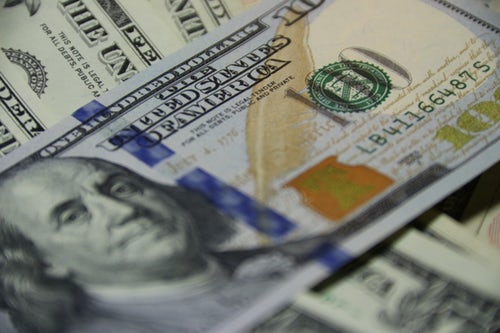
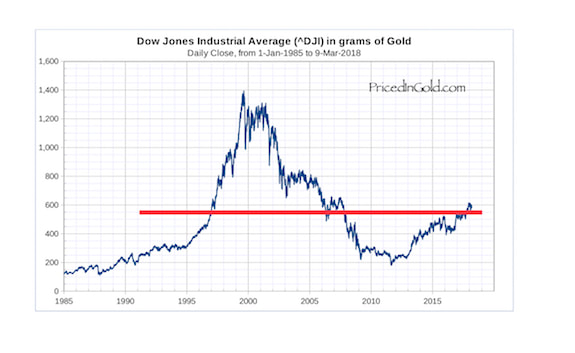
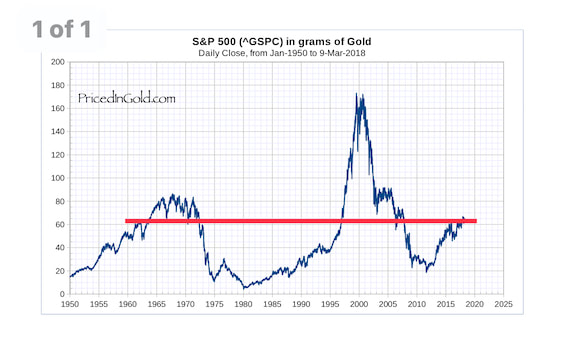
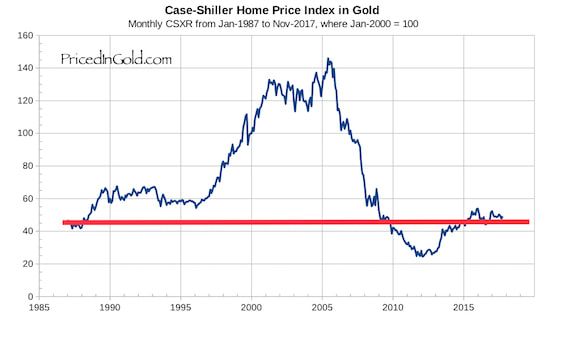
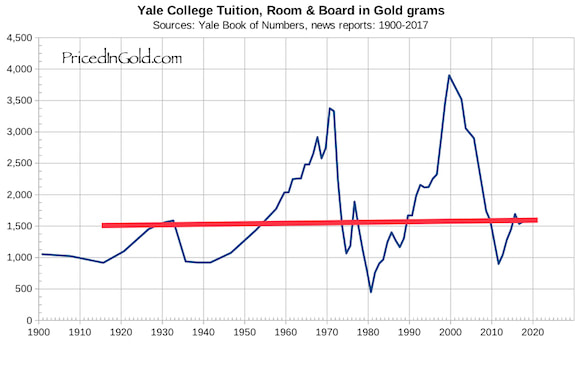
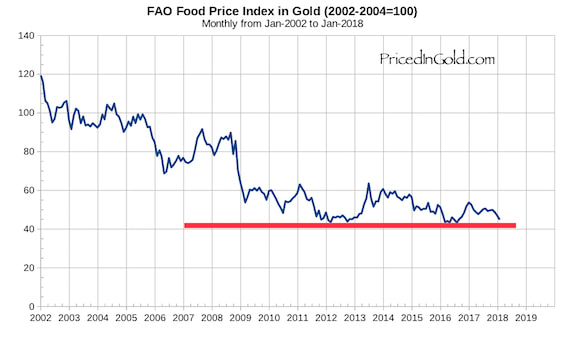
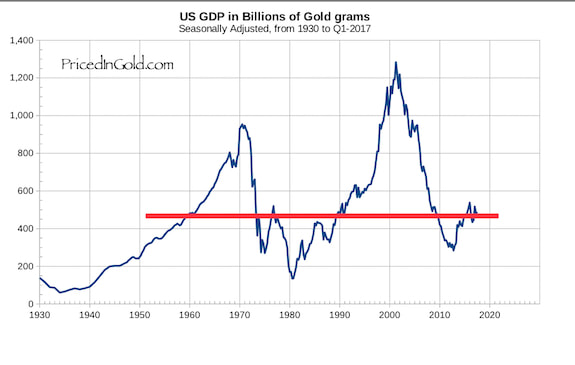
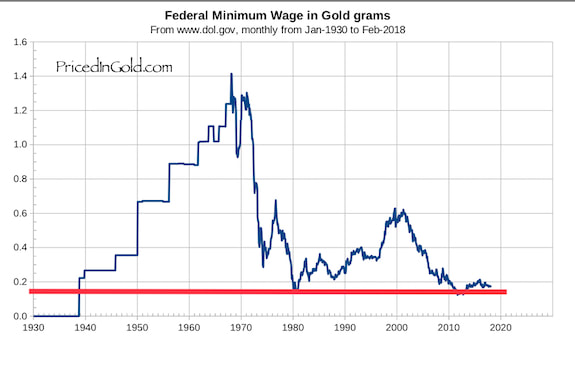
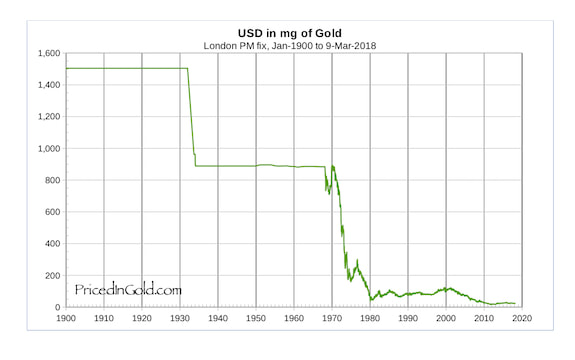
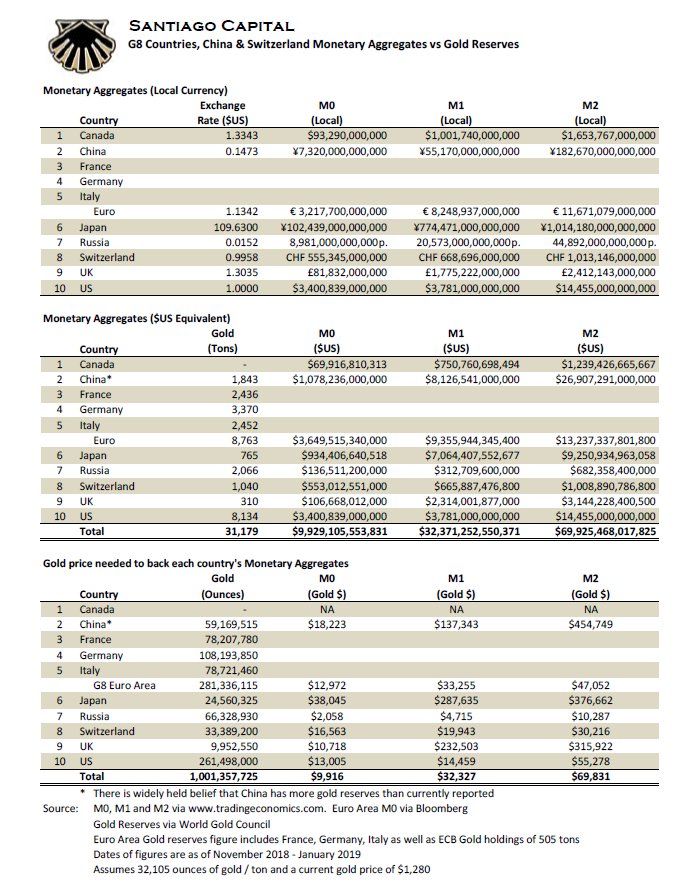

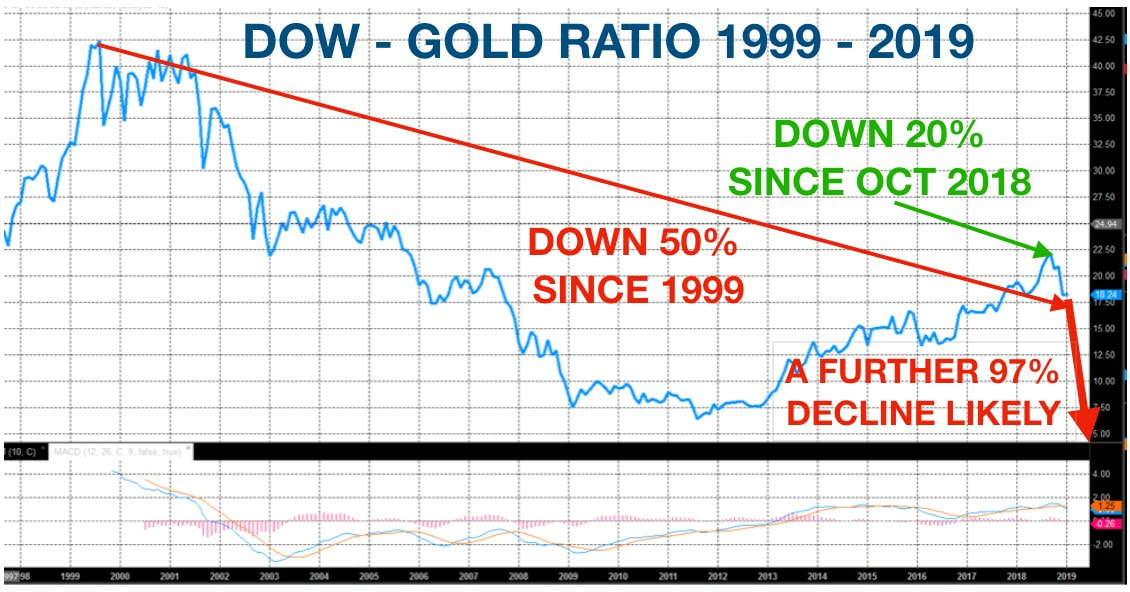
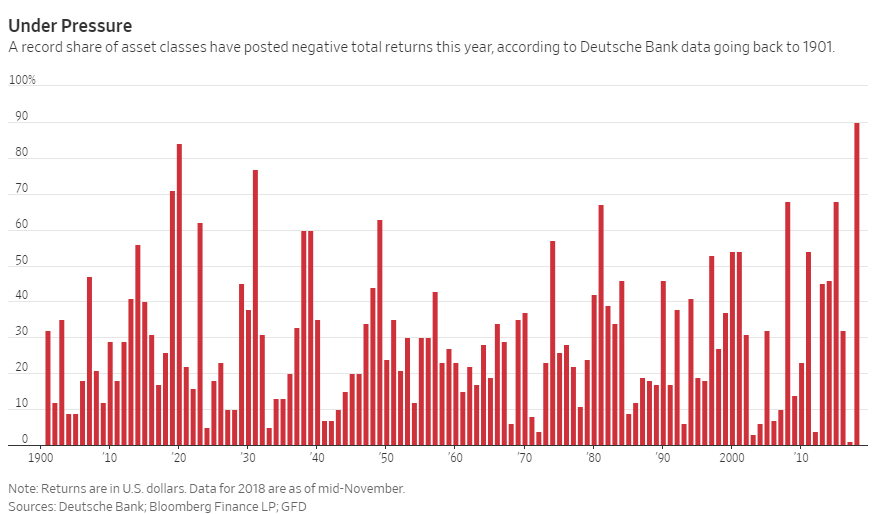


 RSS Feed
RSS Feed
